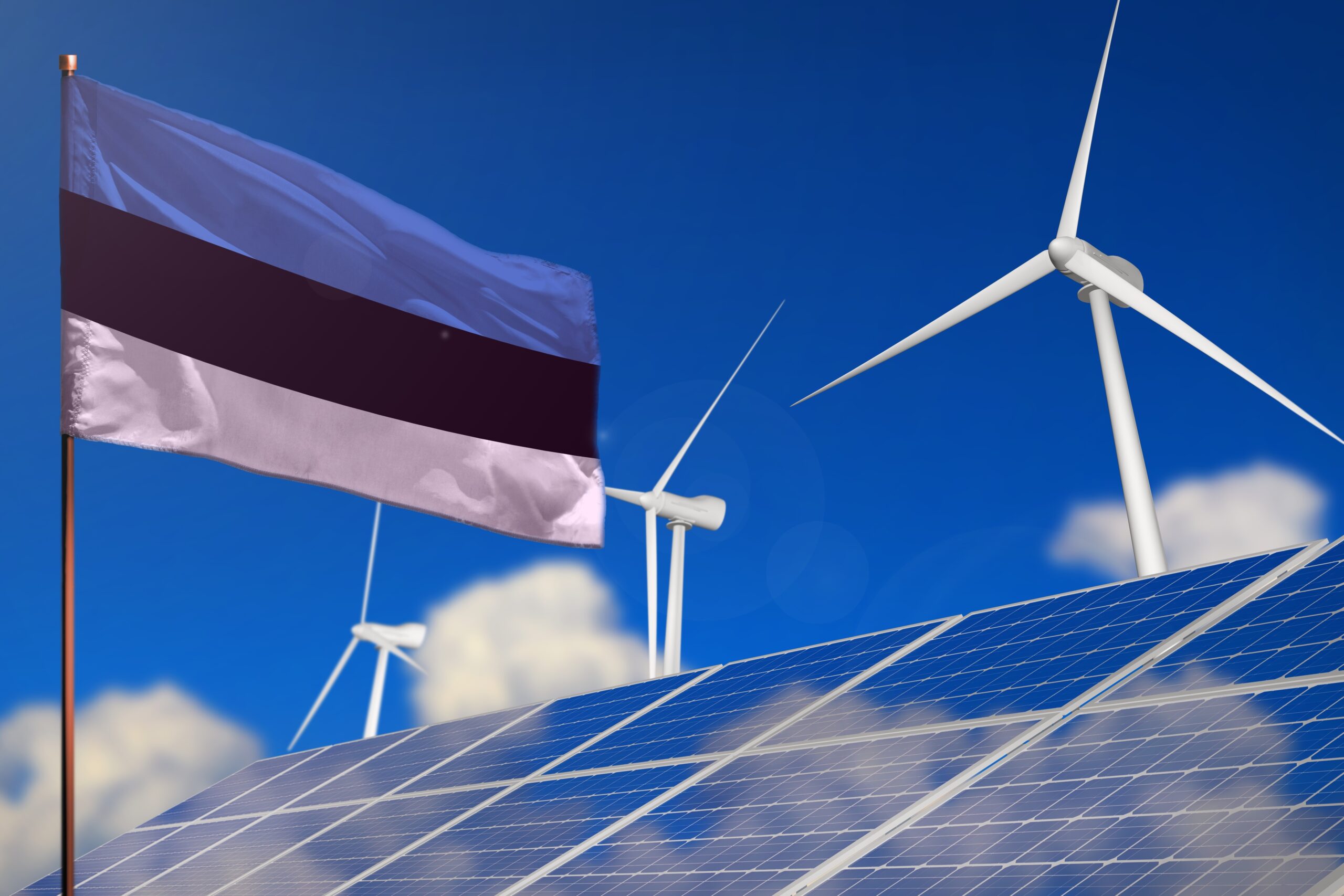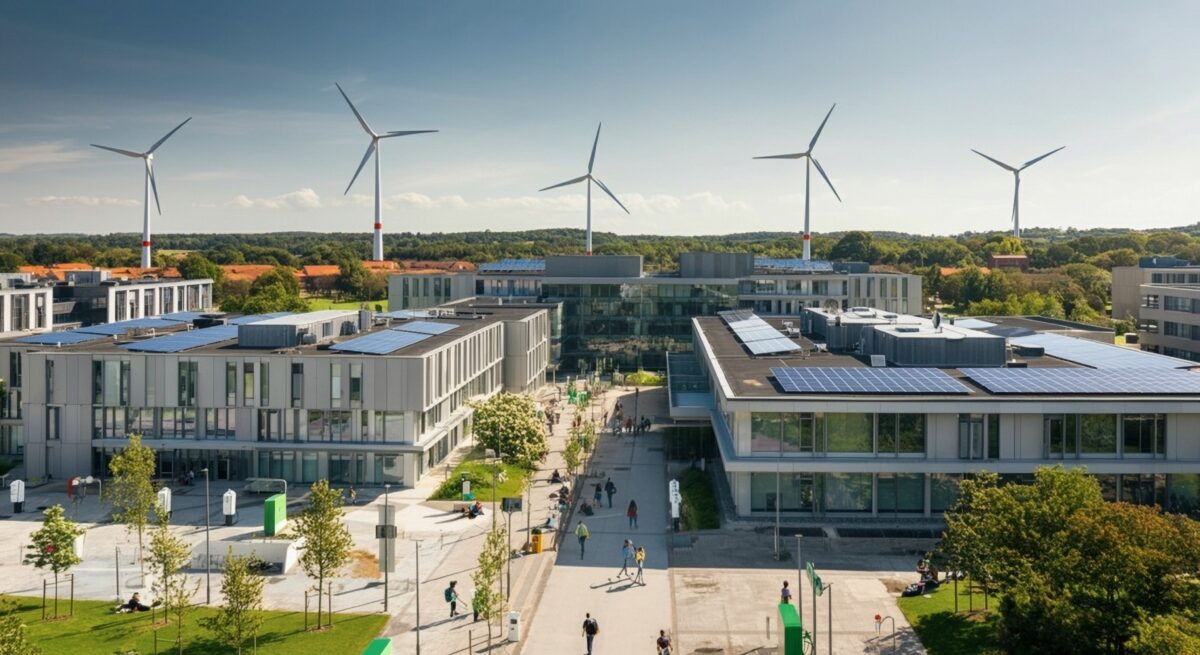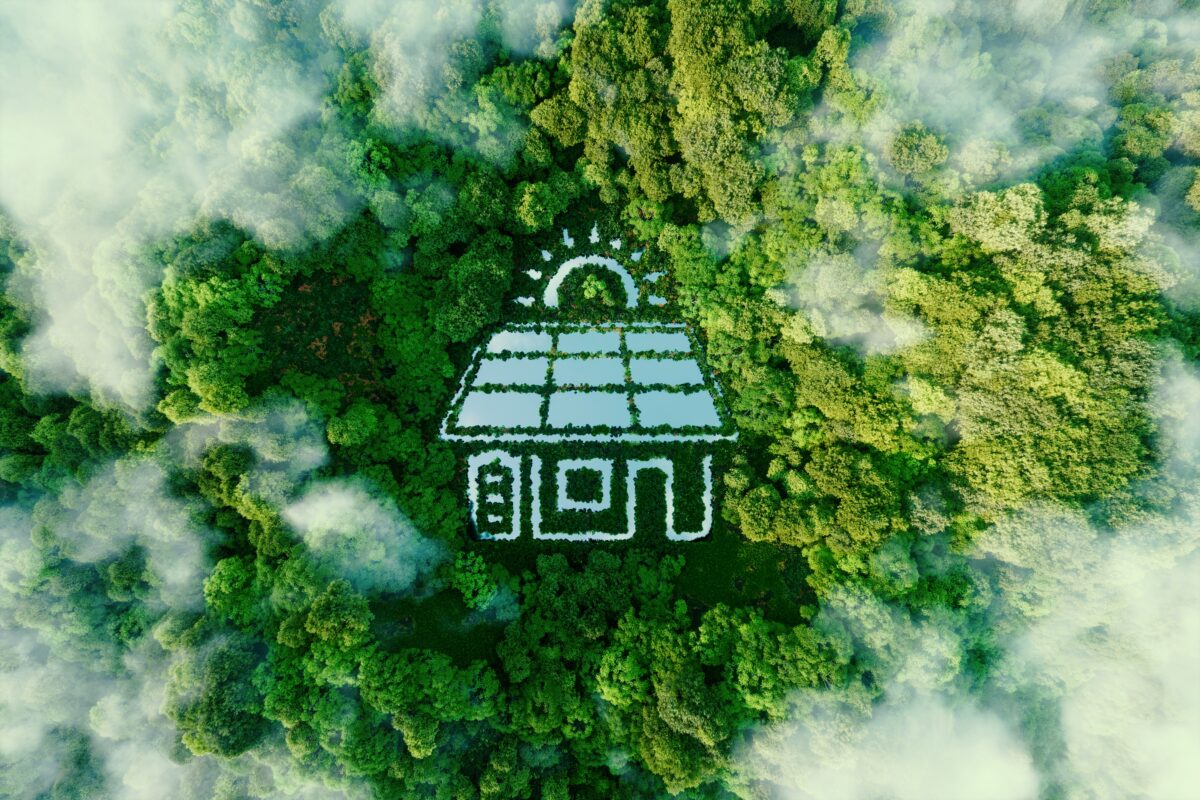It may seem that a small country like Estonia does not emit a lot of greenhouse gasses. While on a global scale, it’s true, when we look at the per capita basis, Estonia is in the 2nd place of largest emitters in Europe. That’s why the country has big plans to drastically reduce its greenhouse gas emissions and wants to be one of the biggest producers of green energy.
Distributed wind energy solutions for cooperatives should be a big part of that vision. So far energy cooperatives in Estonia had to overcome a lot of barriers, society’s negative view is one of them. With more and more knowledge about the benefits of these types of solutions and more affordable wind turbines for community energy projects, Estonia has hopes of joining the list of countries with energy cooperatives that help with reaching green energy goals.
Wind Energy Solutions for Cooperatives in Estonia
Up until recently the only producers of energy in Estonia were large electricity-generating power plants – citizens were just passive consumers. With the development of new technologies and changes in regulations, households, companies, and communities can now be active participants in the energy market.
The cost of the infrastructure needed to power a home with clean energy may be too high for one family. That is why bringing households or whole communities together in energy cooperatives lets them pool their resources and knowledge and produce the needed electricity jointly. By sharing the cost of the investment, households can cut the costs of energy bills, as well as their carbon footprint. Additionally, energy cooperatives make the energy supply more secure and allow for more independence.
The analysis presented by the firm CE Delft considers that Estonian consumers have the potential to produce up to 70% of the energy they use by themselves. That very optimistic vision will be made possible by creating more energy cooperatives and their use of new technologies, such as small wind turbines for energy cooperatives.
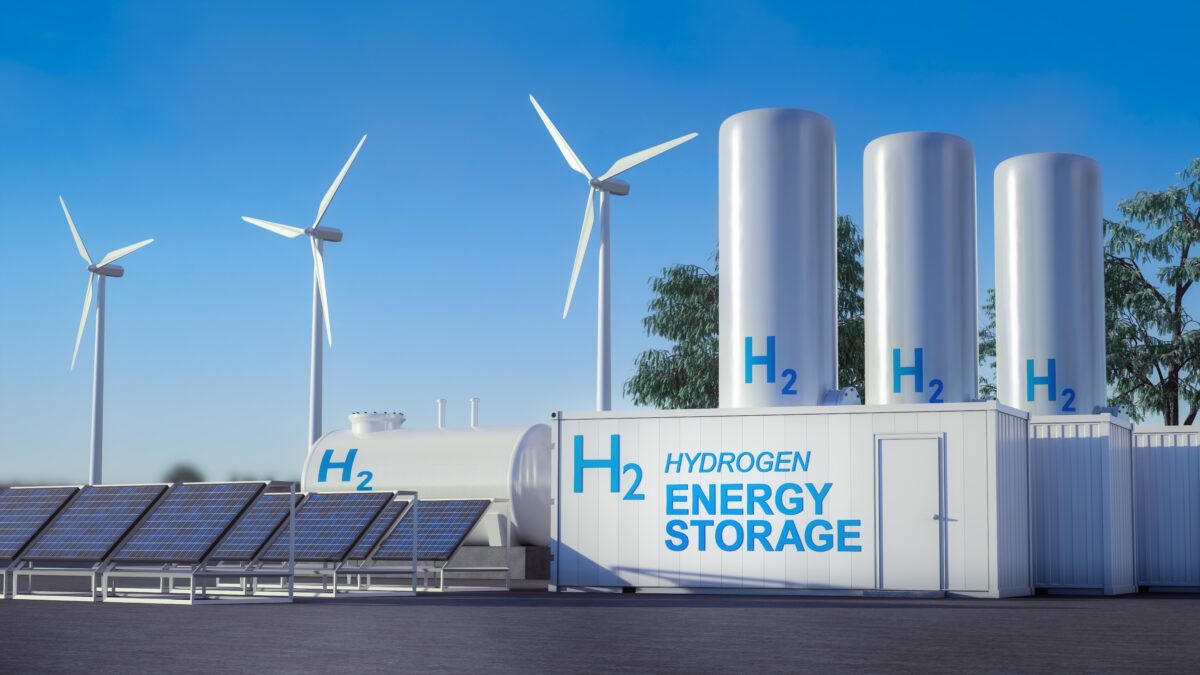
Estonian Cooperatives Transitioning to Renewable Energy
Estonia is just starting to explore the possibility of creating energy cooperatives and decentralized energy systems. In 2022 TalTech (Tallinn University of Technology) partnered with local municipalities and the private sector to create a pilot energy cooperative. The plan was to show Estonian citizens a pilot program that would inspire them to create their own energy independence with wind power.
The goal of the project is to increase the share of clean energy in the area’s energy consumption at a relatively low cost as well as reduce the residents’ reliance on energy produced by large power plants. TalTech wants to show an alternative to small-scale producers. These types of projects are very important, especially in a society that doesn’t fully understand the aims of energy co-ops. They are still seen as a typical form of business structure, with profit at the forefront. While sharing the cost of electrical infrastructure can bring profits or at least savings, it’s not the main goal of these types of cooperatives. Independence from the grid, sustainable energy for local businesses and households, and less reliance on fossil fuels should be the most important objectives for energy cooperatives. TalTech’s project wants to not only inspire but also educate in this aspect.
TÜ Energiaühistu – Wind Power for Small Communities
TÜ Energiaühistu is Estonia’s first energy cooperative, aiming to establish renewable energy parks with the support of local communities. Founded by 34 dedicated residents and two companies, the cooperative allows anyone to become a shareholder in solar or wind parks, providing an opportunity for long-term, stable income while promoting sustainability. This cooperative model enables the creation of renewable energy plants in regions with a demand for grid-independent energy systems.
In true cooperative spirit, every member of TÜ Energiaühistu has an equal vote in decision-making, regardless of their financial contribution. However, profits are distributed based on each member’s investment in the projects. This flexible approach attracts both investors seeking financial returns and those committed to using locally produced renewable energy or supporting Estonia’s transition to sustainability.
The cooperative dedicates a portion of members’ subscription fees—5 to 20%—to initiatives aligned with its sustainability goals, with members deciding which projects receive support. This structure ensures that local interest, community benefit, and environmental responsibility remain at the heart of their efforts.
Small Wind Turbines for Energy Cooperatives in Estonia
Obviously, the biggest barrier for communities who want to have more independence when it comes to energy prices and reliance on the grid is the cost of the infrastructure. Because renewable energy incentives in Estonia are hard to get for some cooperatives, they have to find renewable energy technologies that fit in their budget. Small wind turbines are becoming an exciting option for bringing clean, renewable energy to local communities. As technology keeps improving and more people become aware of its benefits, small wind turbines are set to play a bigger role in the move toward a greener, more sustainable energy future. By capturing the power of the wind at a local level, communities can make a real difference—cutting down their carbon emissions and paving the way for a cleaner, more eco-friendly future for the generations that follow.
Want to learn more about the possibility of investing in small wind turbines as an energy cooperative? Let us help! Schedule a meeting to explore your options.
Advantages of Small Wind Turbines for Decentralized Energy Systems
First of all, residential wind turbines allow cooperatives to produce their own electricity, which makes them less dependent on centralized power grids. During power outages or in more remote areas this type of independence may sometimes be crucial for the community. Considering that big parts of Estonia are rural, small wind turbines for renewable energy cooperatives may be a perfect solution. Wind turbines for rural communities in Estonia would solve a lot of problems for their citizens.
Wind turbines for local energy cooperatives, even smaller ones, have a more positive impact on the environment. They don’t produce any greenhouse gas emissions when they generate energy, unlike fossil fuels. Because of that, small wind turbines improve local air quality and lessen the impact of climate change.
While we are listing the benefits of small wind turbines for energy independence, we have to mention cost savings for the cooperative. While at first, the community has to invest a certain amount of funds to install the needed structures, once installed, these types of wind turbines have a low cost of maintenance and a long lifespan. With time they can help reduce the costs of energy.
Do you want to know more about the benefits of small wind turbines? Contact us to schedule a meeting.
Best Small Wind Turbines for Local Energy Cooperatives in Estonia
Freen small wind turbines for cooperatives are a reliable choice for energy cooperatives not only in Estonia but also other countries in Europe. They offer a high-quality solution that combines durability with efficiency and are a good investment for communities looking for reliable products. The robust design of the turbines ensures long-lasting performance, making them a smart investment for communities looking to generate their own renewable energy. This reliability not only supports energy independence but also ensures that communities can enjoy affordable and sustainable power for years to come, making Freen a trusted partner in Estonia’s clean energy transition.
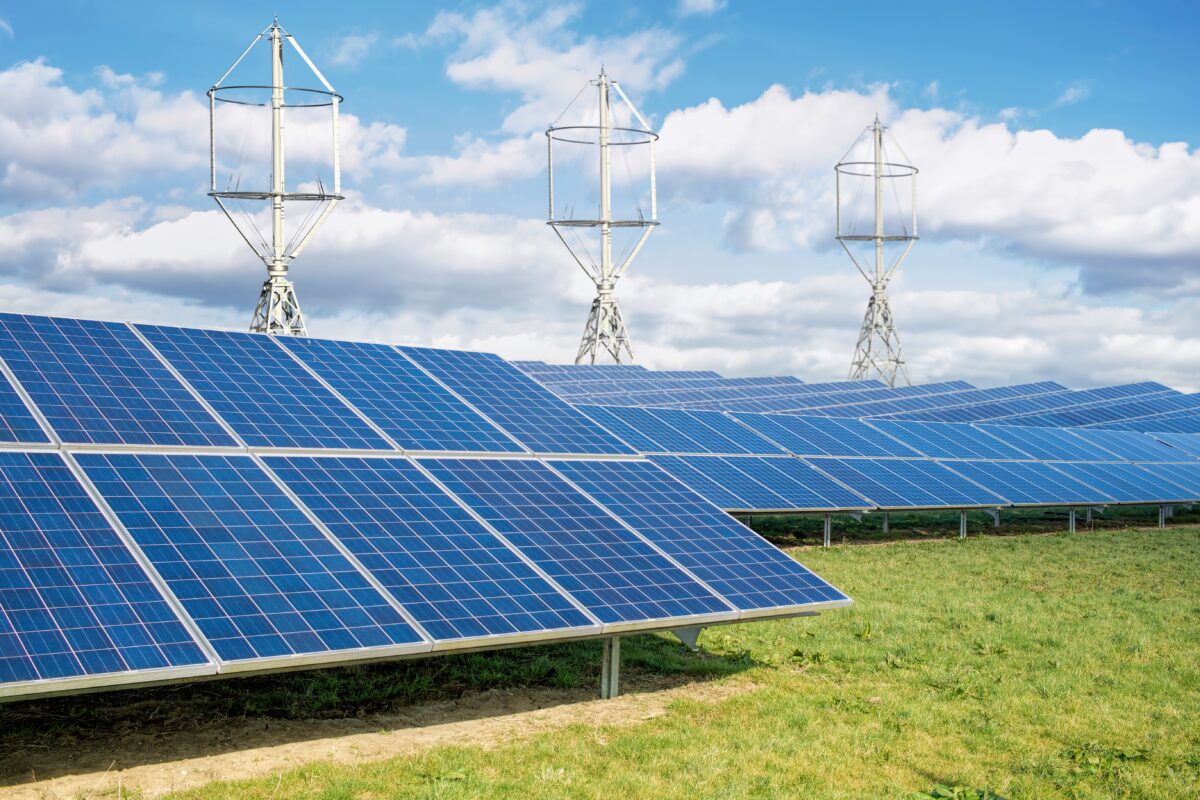
Conclusion: Small Wind Turbines for Self-Sufficient Energy in Estonia
Community wind energy projects offer many advantages by being locally owned, allowing residents to have a say in crucial decisions such as project siting and sizing, and ensuring that local needs and preferences are respected. The involvement of the local community helps shape guidelines establishing clear regulations around issues like setbacks, noise levels, and the visual impact of future wind installations. This ensures that future projects align with both local regulations and community values.
One of the key financial benefits of community wind projects is their low operating costs and the absence of fuel expenses, which allows project owners to predict their energy costs over the lifespan of the installation. The energy generated can either be used locally or sold to nearby utilities under a power purchase agreement, providing long-term price stability. In regions where high electricity costs are driven by fuel imports, community wind projects can play a vital role in reducing or stabilizing energy expenses.
Small-scale wind energy solutions in Estonia are a big part of that future. While so far there are only a few energy cooperatives and only some of them use small wind turbines, this solution offers many benefits, which perfectly align with the goal of energy cooperatives.


